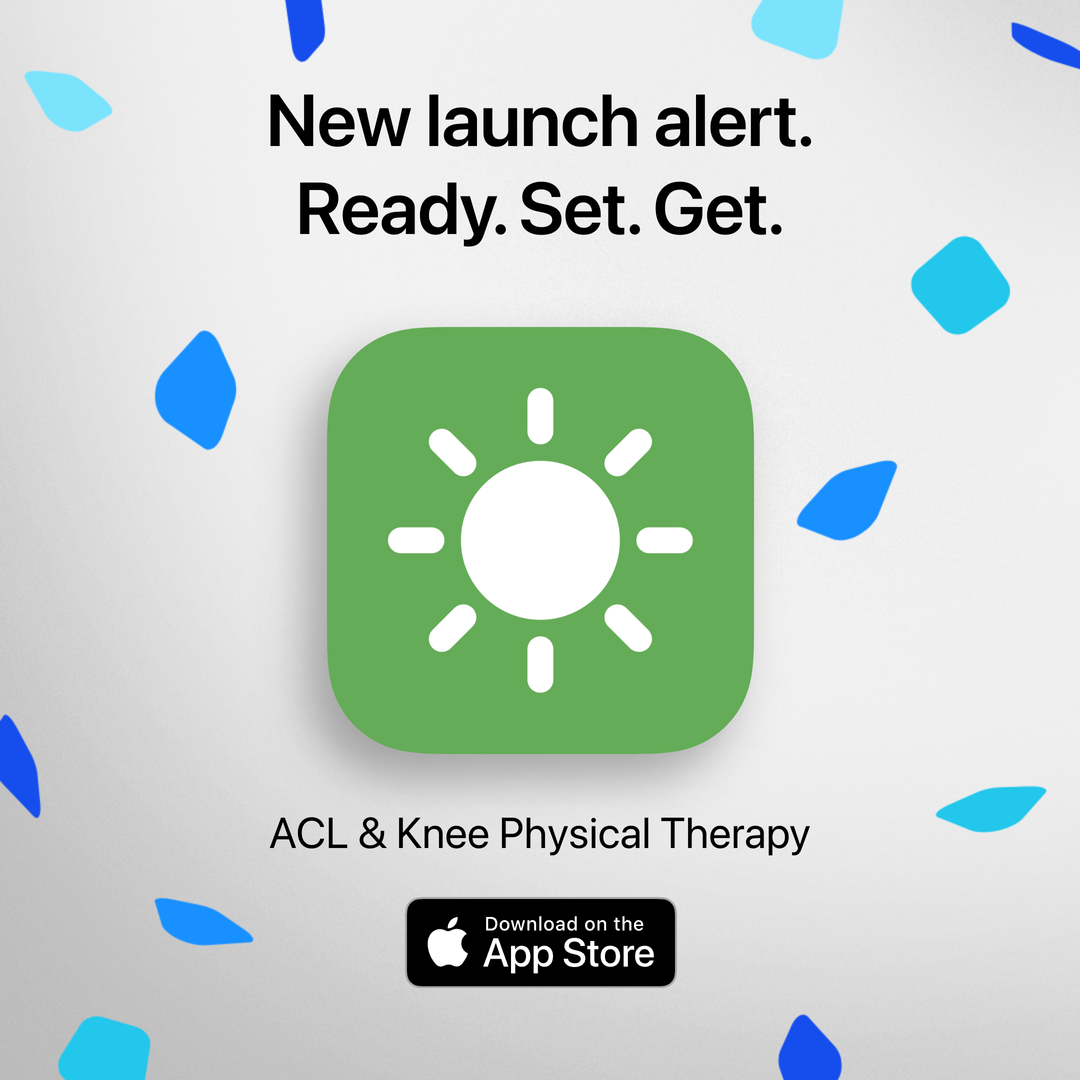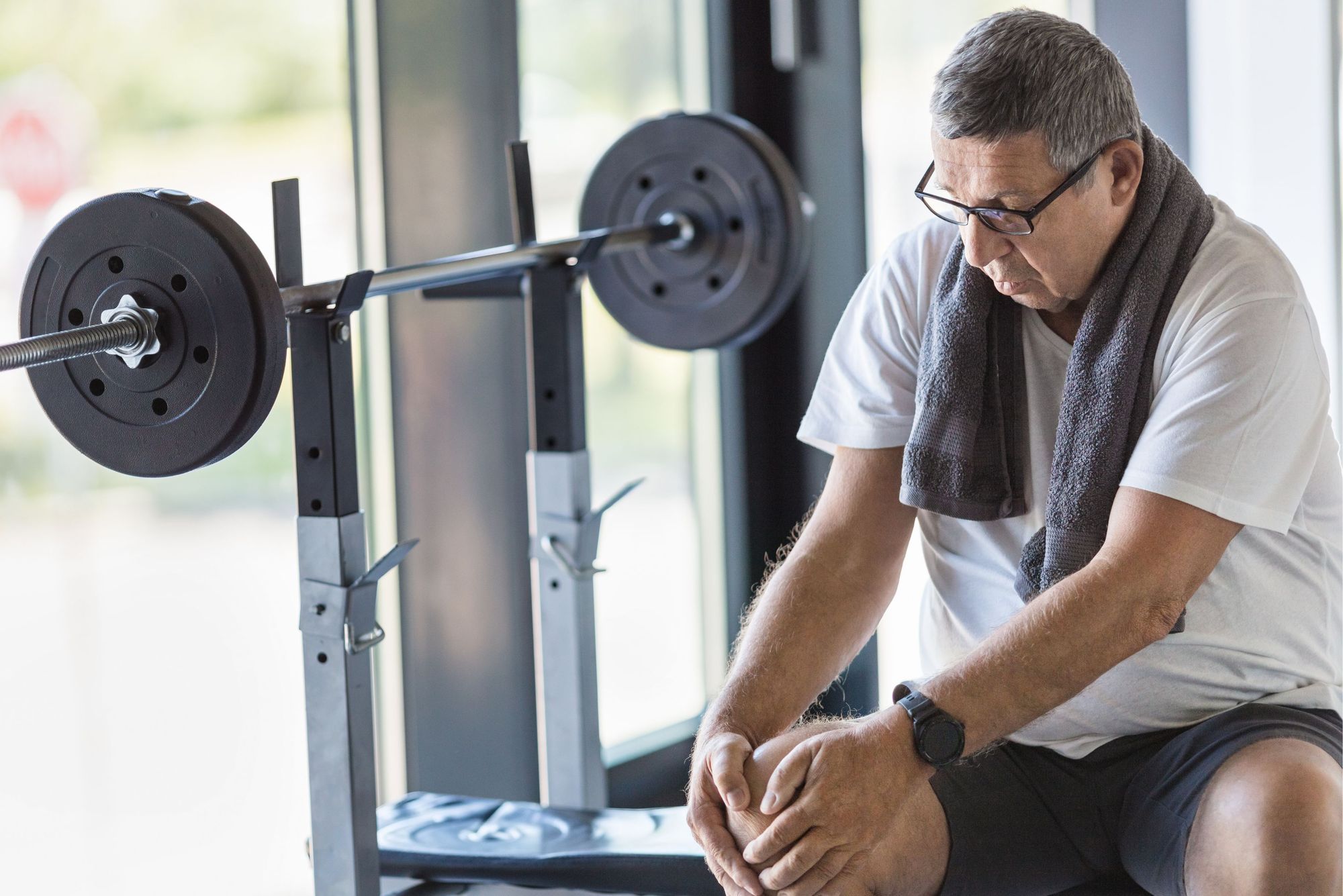Image by and.one via Canva
1. Pain management:
There will be pain in your knee and leg after having a total knee replacement. It is very important to begin your rehabilitation as soon as possible after surgery, but pain can make moving your leg almost impossible! That is why taking the proper dosages of your pain medication is necessary for your comfort and recovery.[1]
2. Avoid infection:
Undergoing any kind of surgery has a risk of infection. Out of 6489 patients with total knee replacements, 116 of them experienced infection. That means only 1.7% of these patients developed an infection.[2] Making sure your wound is kept clean and dry and that your medication dose after surgery includes antibiotics can help you avoid infection.[3]
3. Avoid blood clots:
In a study of 517 patients with total knee replacements, only 14% of the 468 patients taking preventative medication experienced blood clots, while in the 49 patients who did not take this medication, 84% of them experienced blood clots.[4] Therefore, it is very important that you are taking the appropriate medications to lower your risk of getting a blood clot.
4. Swelling management:
After knee replacement, it is important to use the PRICE method[3] to reduce swelling in your operated leg and aid in reducing your chances of experiencing a blood clot. The PRICE method includes:
- Protection - After surgery, you will be given a weight bearing restriction. This means how much weight you are allowed to put on your leg after surgery. Reduce the risk of further injury by putting only the amount of weight on your leg as you have been instructed. You will also be given some form of assistive device (like a walker or a cane) early on to help unload the surgical leg.[5]
- Resting - Allowing for your operated leg to heal by avoiding stressful activity but still doing required exercises.
- Icing - Use of cold treatments to reduce pain and swelling. First, protect your skin from direct contact with the ice and make sure the wound stays dry. This can be done by placing a plastic bag over the scar before you ice your knee. Then cycle the cold treatment, 20 minutes on followed by 40 minutes off.
- Compression - Use of an elastic bandage to minimize swelling and provide some support.
- Elevation - Decrease swelling and pain in your knee by positioning your operated leg above the level of your heart. Putting a thick cushion or pillows under your leg while laying down is a good way to do this. However, make sure when you are elevating your knee to keep it straight and not bent.
5. Get moving:
As soon as you are able to, start moving the toes of your operated leg. Continuously moving your toes and ankles for 2 minutes, 3 times an hour is a great start! It is important to start your rehabilitation program in order to limit stiffness.[2],[6]
6. Rest:
Although it is important to move your operated leg, it is also important that your body rests. Giving your body time to rest and recover at a comfortable pace while doing required rehabilitation after surgery is one of the best things you can do!
Total knee replacement surgery is...
A surgery that replaces up to three parts of the knee joint with implants. These implants are made of metals and hard plastics. This kind of surgery is usually done to help with pain and mobility issues due to osteoarthritis in the knee.[7]
Just like we have an app for ACL rehabilitation, Curovate ALSO has an app for patients after a total knee replacement surgery and a total hip replacement surgery here! Check out Curovate for step by step videos, progress tracking and the ability to measure your range of motion.
If you have any feedback about our apps or wish to be part of the clinical studies we are conducting please email us at info@curovate.com
If you need further customized assistance during your surgery or injury recovery check out our Virtual Physical Therapy page to book your 1-on-1 video session with a physical therapist.


References
5:Foran J. Total Knee Replacement.
6:Foran J. Total Knee Replacement Exercise Guide.







